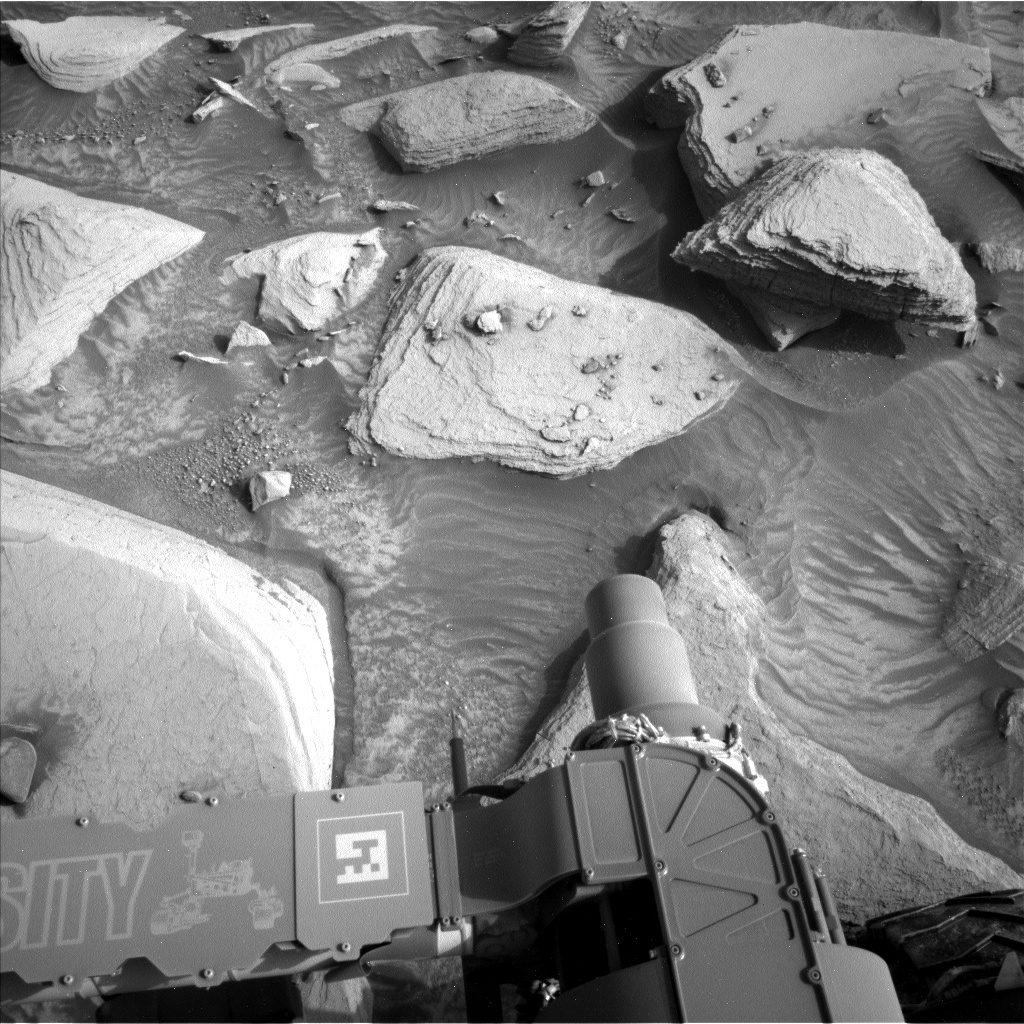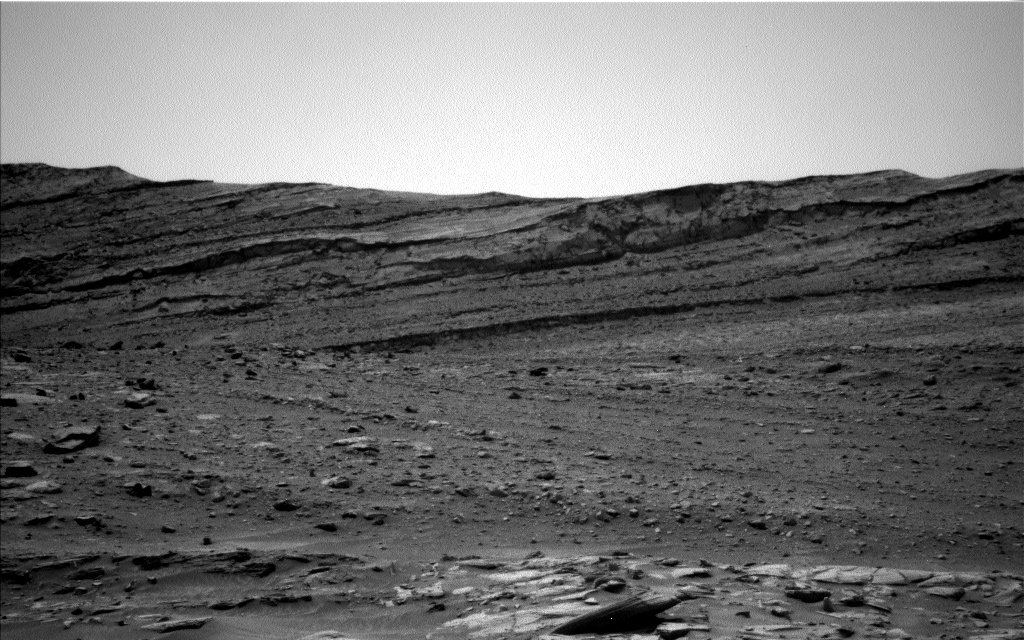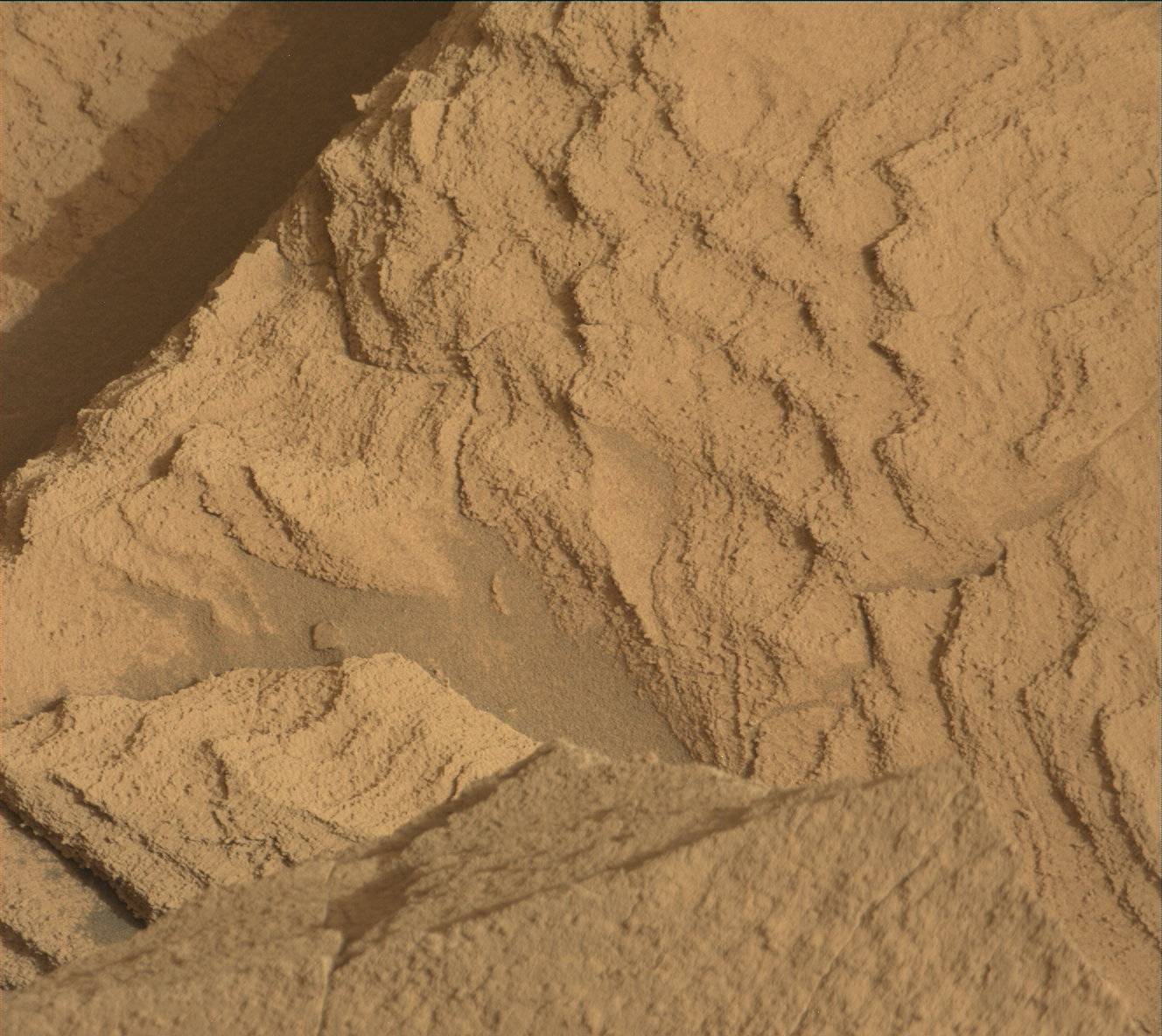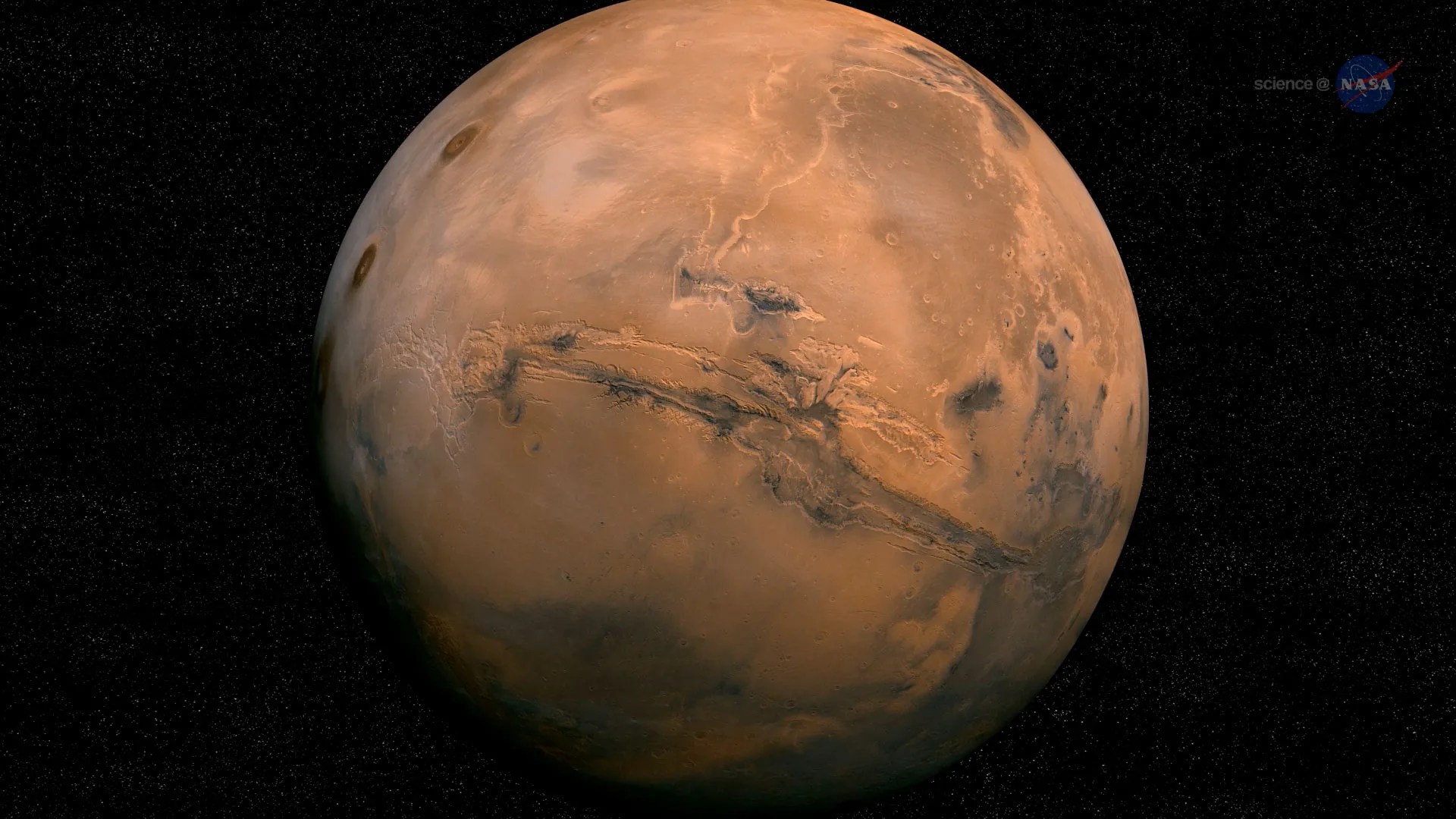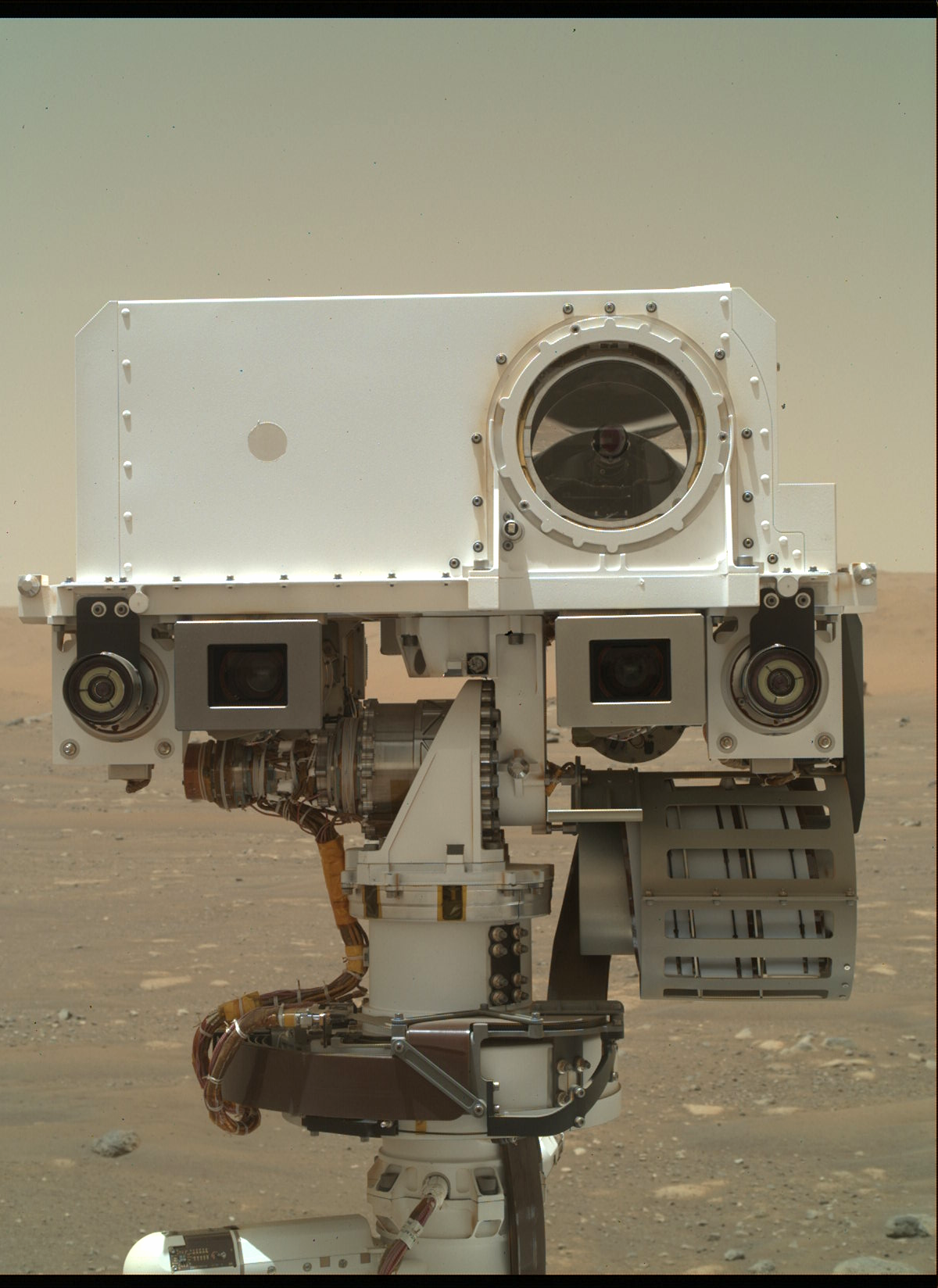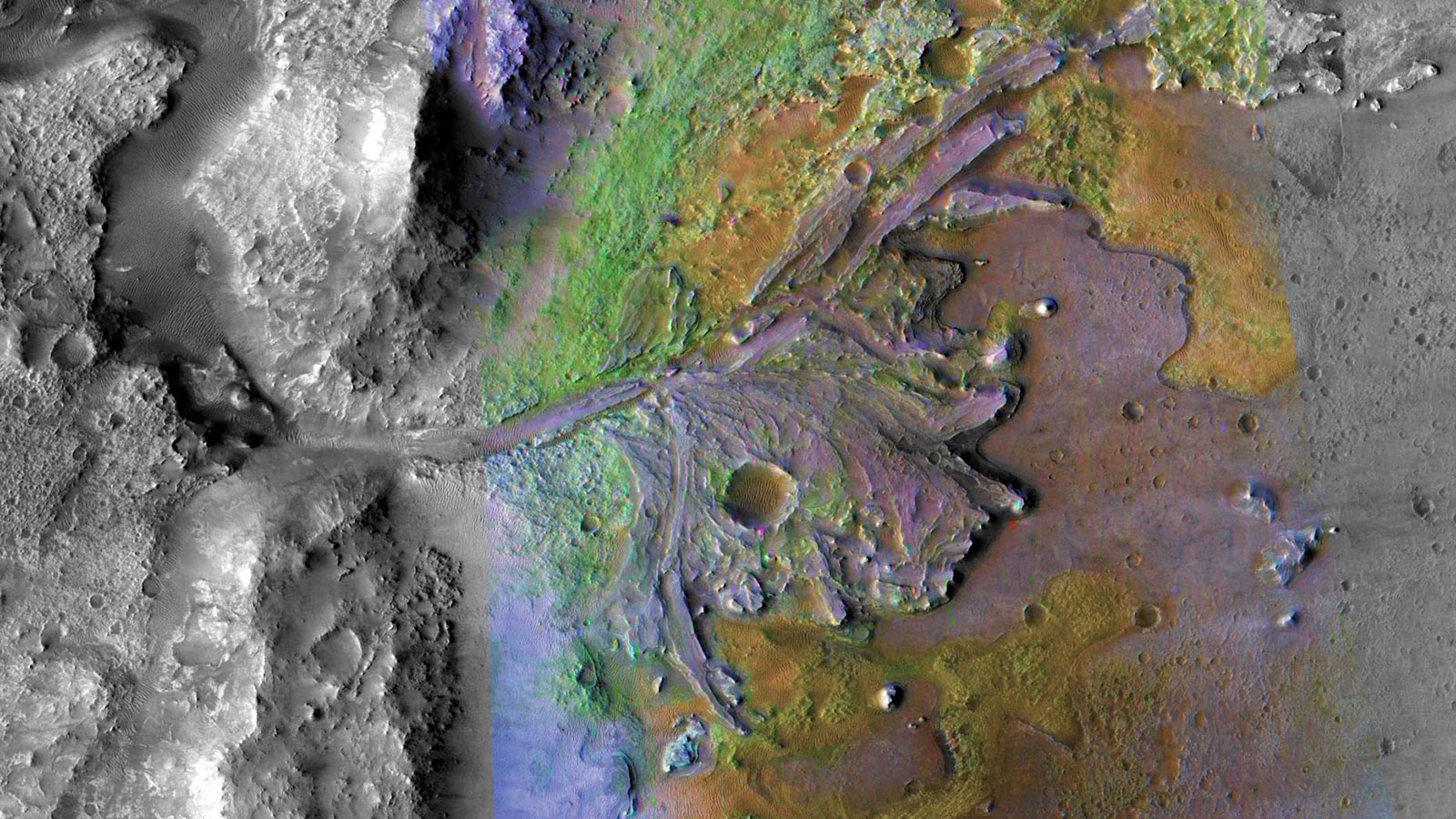2 min read
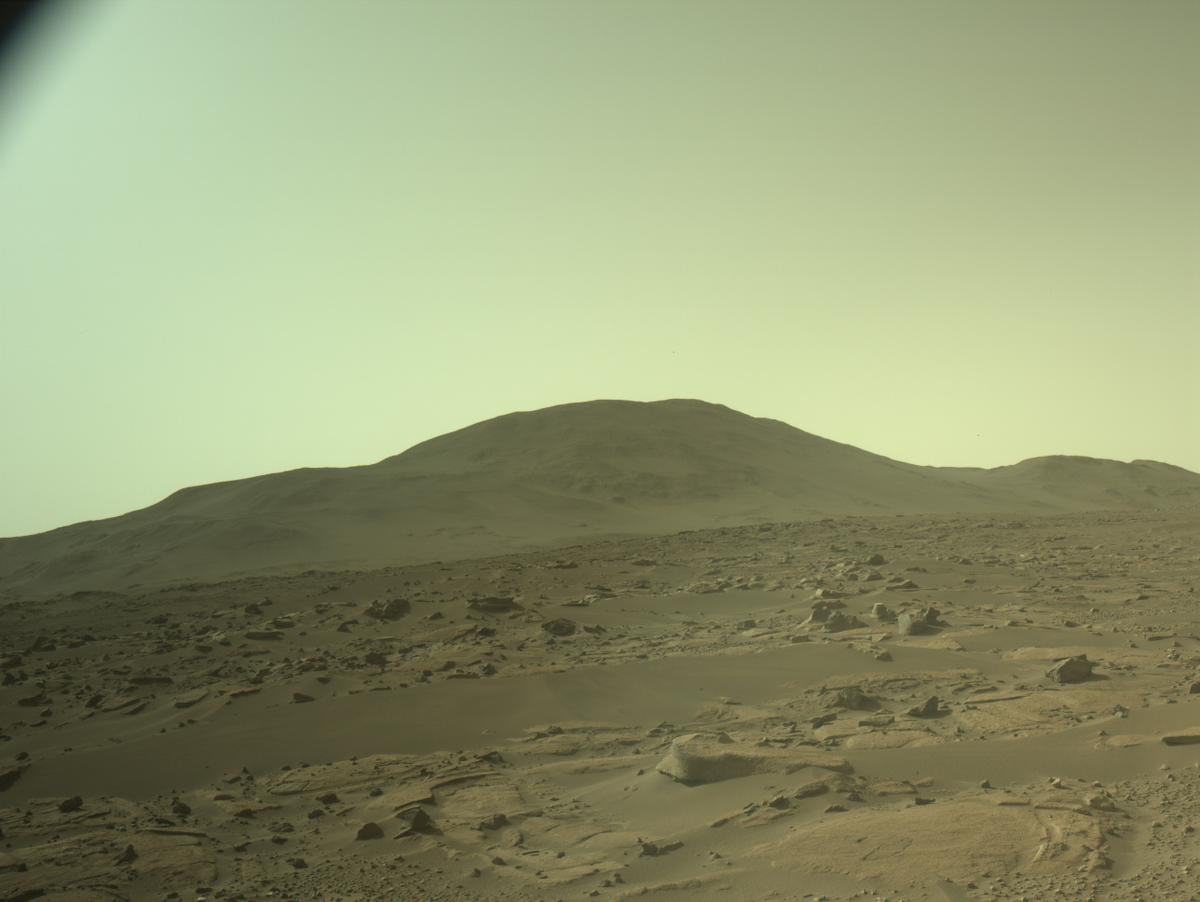
For the past couple of planning sols, Perseverance has been working on a complex navigation out of a boulder field on one of the lobes on top of the fan. The engineering team planned specific maneuvers and utilized Perseverance’s autonomous navigation capabilities to navigate around and eventually out of the boulder field. This drive took Perseverance to Mandu Wall, part of the margin carbonate unit. Mandu Wall is our first interaction with the margin carbonates and and the closest we have been to the Jezero crater rim, which is now in the distance of Perseverance’s landscape imagery.
While the navigation of the boulder field took time, it allowed instruments to capture helpful data for the science team. SCAM performed untargeted chemical analyses during the drive to investigate rock compositions as we move toward the crater rim. ZCAM acquired incredible landscape imagery of Mandu Wall, providing the Science Team’s first high resolution imagery of these units from the ground. This is an exciting step for everyone that has been studying these rocks from orbit in preparation for Perseverance’s investigations, and last week’s blog discussed some of the intriguing scientific questions about the margin carbonates this data will help to answer.
In addition to breaking out of the boulder field, Perseverance left the boundary of the original landing ellipse, having covered over 20 km in its total traverse. Just beyond the landing ellipse boundary, Perseverance also crossed into a new quadrangle named the Ningaloo quadrangle. As quadrangles in the Jezero area were named after national parks and preserves on Earth, Ningaloo quadrangle is an ode to the Ningaloo Marine Park, a world-heritage site in coastal Western Australia.
Navigating out of the boulder field, exiting the landing ellipse, entering a new quadrangle, and reaching the margin carbonates are just a few milestones to add on Perseverance’s journey through and beyond Jezero crater. We can’t wait to see what comes next!
Written by Eleanor Moreland, Ph.D. Student at Rice University

